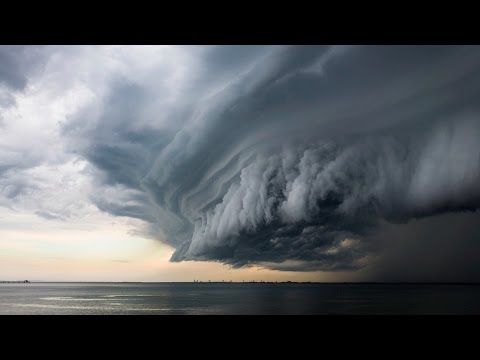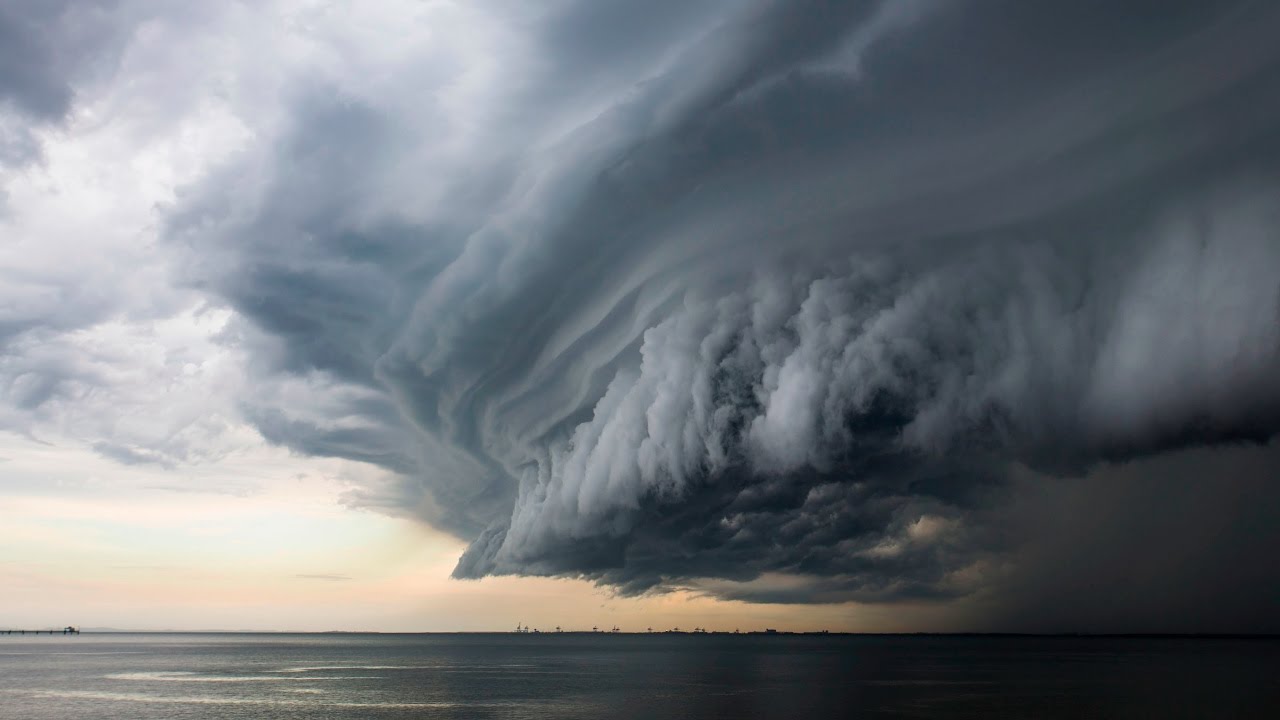Hurricanes are one of the most powerful and destructive natural phenomena on Earth. Understanding what causes hurricanes is not only fascinating but also crucial for our safety and preparedness. These massive storms, characterized by strong winds and heavy rainfall, originate over warm ocean waters near the equator. The primary ingredients for a hurricane to form include warm ocean temperatures, moist air, and a disturbance such as a tropical wave or low-pressure system. As warm air rises from the ocean’s surface, it creates an area of low pressure. This, combined with the rotation of the Earth, causes the air to spiral inward, forming a tropical depression. As the system gains strength and wind speeds increase, it evolves into a tropical storm and eventually a hurricane.
The sheer power and destructive force of hurricanes are captivating. With wind speeds that can exceed 155 miles per hour, these storms can cause massive devastation to coastal communities, uproot trees, destroy buildings, and create dangerous storm surges. The ability to predict and track hurricanes has improved significantly over the years, thanks to advancements in technology and the tireless efforts of meteorologists. Studying what causes hurricanes not only helps us understand the science behind these awe-inspiring natural phenomena but also enables us to better prepare and protect ourselves from their potential impact.

Causes of Hurricanes
| Factor | Description |
|---|---|
| Warm Ocean Waters | One of the primary drivers of hurricane formation is warm ocean waters. Hurricanes thrive in sea surface temperatures of at least 26.5 degrees Celsius (80 degrees Fahrenheit). These warm waters provide the immense energy needed to fuel the storm’s development and intensification. |
| Low Vertical Wind Shear | An important atmospheric condition that promotes hurricane formation is low vertical wind shear. Wind shear refers to the variation in wind speed and direction with height. Hurricanes require low wind shear to maintain their vertical structure, allowing the storm to concentrate its energy and grow stronger. |
| Moisture and Humidity | Adequate moisture and humidity in the atmosphere are essential for hurricane formation. High levels of moisture provide the necessary fuel for the storm, allowing it to generate and sustain deep convection. This moisture is typically supplied by the warm ocean waters beneath the storm. |
| Coriolis Effect | The Coriolis effect, resulting from the Earth’s rotation, plays a vital role in the formation of hurricanes. This effect causes the air to rotate around low-pressure systems, such as tropical disturbances, and helps to establish the cyclonic circulation necessary for a hurricane to develop. |
| Pre-existing Weather Disturbance | Often, hurricanes form from pre-existing weather disturbances, such as tropical waves or low-pressure systems. These disturbances serve as a starting point for hurricane development, providing the initial convergence and uplift necessary for the storm to organize and strengthen. |
Note: The factors mentioned above are some of the primary contributors to hurricane formation. However, it is important to note that the conditions required for hurricanes are complex and multifaceted, and their formation involves a combination of various atmospheric and oceanic processes.
Unleashing the Fury: Unmasking the Culprits Behind Hurricanes
Understanding the Forces Behind Hurricanes
Nature’s Wrath Unleashed
Hurricanes are among the most powerful and destructive natural disasters that occur on our planet. These intense storm systems bring about strong winds, heavy rainfall, and devastating storm surges. Understanding what causes hurricanes is crucial in order to mitigate their impact and safeguard vulnerable communities. By delving into the science behind these awe-inspiring phenomena, we can gain a deeper appreciation for the forces that shape our world.
The Ingredients for a Perfect Storm
Hurricanes, also known as tropical cyclones, form over warm ocean waters near the equator. Several key factors must align to create the ideal conditions for hurricane formation. Firstly, warm ocean waters with a temperature of at least 80 degrees Fahrenheit (26.7 degrees Celsius) provide the necessary energy. These warm waters act as fuel, evaporating and rising to form clouds.
Secondly, a pre-existing weather disturbance, such as a tropical wave or an area of low pressure, is required to initiate the formation process. These disturbances create instability in the atmosphere, further fueling the development of a hurricane. Additionally, a relatively calm upper-level environment with low wind shear is essential for the storm to grow and intensify.
The Role of Coriolis Effect
One of the key ingredients in hurricane formation is the Coriolis effect, which is a result of the Earth’s rotation. As air moves from high pressure to low pressure, it gets deflected due to the rotation of the Earth. In the Northern Hemisphere, this deflection is to the right, while in the Southern Hemisphere, it is to the left. The Coriolis effect helps set the counterclockwise rotation of hurricanes in the Northern Hemisphere and the clockwise rotation in the Southern Hemisphere.
Birth of a Tropical Cyclone
When the above conditions are met, a tropical depression can form. As warm air rises, it creates an area of low pressure at the surface. This low-pressure zone draws in surrounding air, which also rises and cools. Condensation occurs, releasing latent heat and further warming the air. The warm air continues to rise, forming towering thunderstorm clouds, which are the building blocks of a hurricane.
As the system gains strength, it becomes a tropical storm, characterized by wind speeds of 39 to 73 miles per hour (63 to 117 kilometers per hour). At this stage, a distinct circulation pattern develops, with winds spiraling toward the center of the storm. Finally, once wind speeds exceed 74 miles per hour (119 kilometers per hour), the system is classified as a hurricane.
The Ferocious Power of Hurricanes
Once a hurricane is fully formed, it can unleash its immense power. The most prominent feature of a hurricane is its eyewall, which surrounds the eye of the storm. The eyewall is composed of intense thunderstorms, producing the strongest winds and heaviest rainfall. These winds can reach speeds of over 155 miles per hour (250 kilometers per hour), causing widespread destruction in their path.
Furthermore, the eyewall’s intense updrafts draw in warm ocean air, which causes the storm to continue to grow and strengthen. The combination of the eyewall and the storm’s large size results in heavy rainfall, leading to flash floods and landslides. Additionally, hurricanes generate storm surges, which are abnormal rises in sea level that can inundate coastal areas, causing significant damage and loss of life.
Conclusion
Understanding the complex interplay of various factors that contribute to hurricane formation is vital for predicting and preparing for these catastrophic events. From warm ocean waters to low wind shear, each element plays a crucial role in the birth and intensification of these powerful storms. By comprehending the forces at work, we can better protect our communities and mitigate the devastation caused by hurricanes.
Causes of Hurricanes
- Warm ocean water
- Low atmospheric pressure
- Moisture and humidity
- Coriolis effect
- Instability in the atmosphere
- Tropical disturbances
- Seasonal changes
- Interaction with land masses
- Global climate patterns

